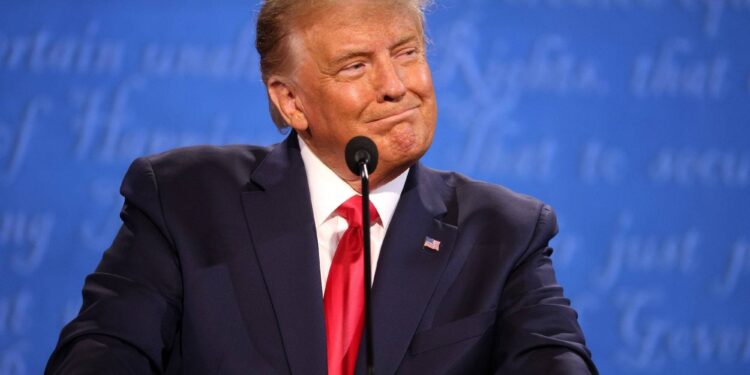The White House released a clarification on Thursday saying that every import from China would now face a minimum tariff of 145 percent. President Trump had earlier announced a 125 percent increase in tariffs on Chinese goods, reacting to Beijing’s countermeasures.
But on Thursday, officials explained that the 125 percent rate is an addition to a 20 percent duty that had already been placed on Chinese goods because of China’s involvement in supplying fentanyl into the United States.

This marks a sharp rise in trade penalties on a country that provides a large portion of what is sold in American stores. China ranks as the second biggest source of goods imported into the United States and leads in global production of mobile phones, toys, laptops, and other electronics.
New Tariff Details and Existing Trade Measures
The announced 145 percent tariff is not a limit. It is simply the base rate, with other existing duties added on top of it. These include several measures that President Trump had already enforced earlier, such as:
- A 25 percent tariff on materials like steel, aluminum, and automotive parts
- Additional tariffs of up to 25 percent on various Chinese items from Trump’s first term
- Different levels of tariffs set in place as penalties for breaking American trade laws
The quick tariff adjustments have left many importers confused. These importers, which include both large retail chains and smaller businesses, rely heavily on supplies coming from China. When tariffs change from 125 percent to 145 percent, the added cost of bringing in a single container can shoot up by thousands of dollars.
Immediate Effects and Delayed Impact
Goods that are already on their way to the United States will not be affected right away by these new tariffs, as the Trump administration has granted temporary exemptions.
For items shipped by air, the higher tariffs will begin to apply within the coming days. Items moving by sea will only face the new charges after several weeks, depending on when they arrive.






















